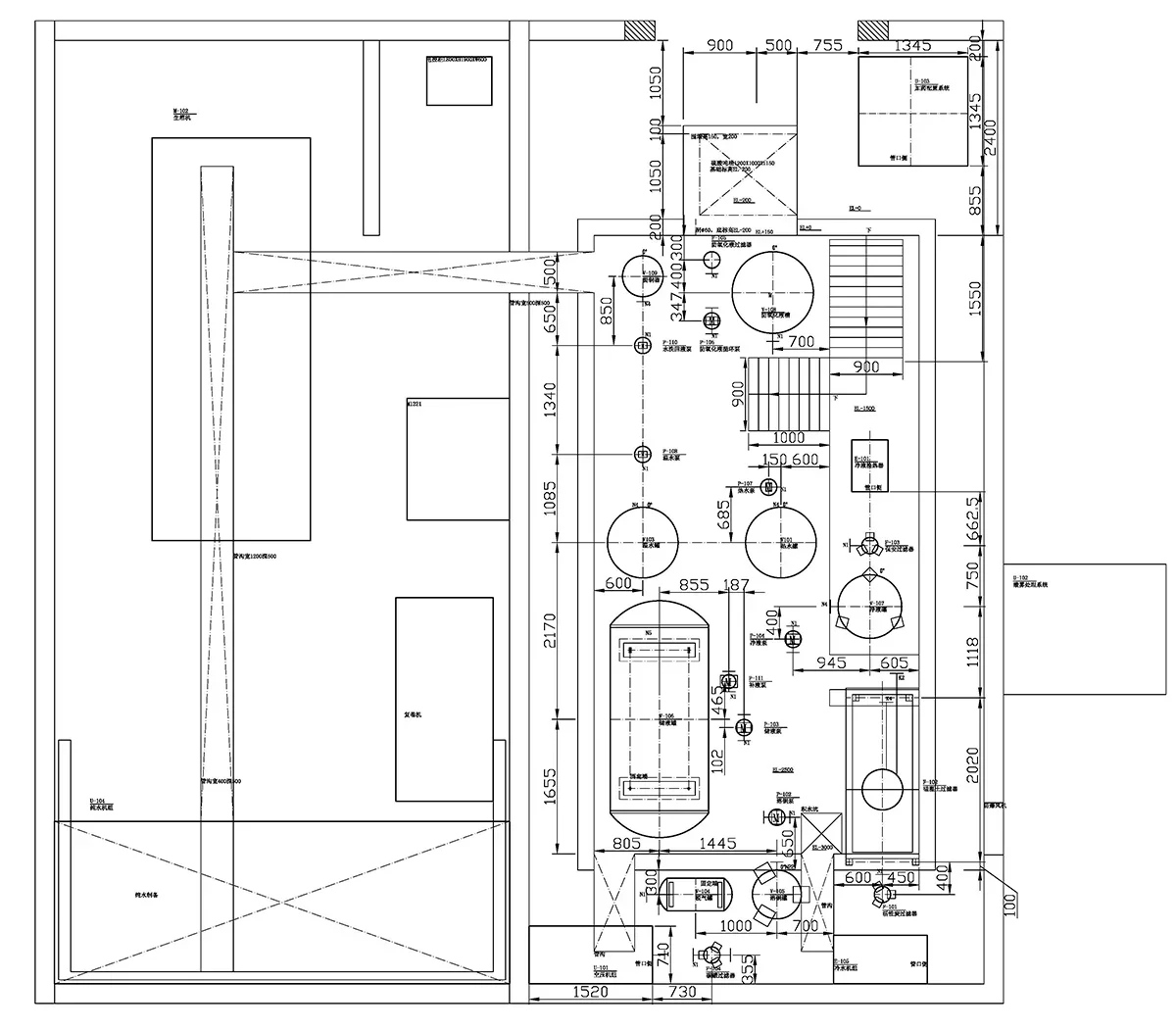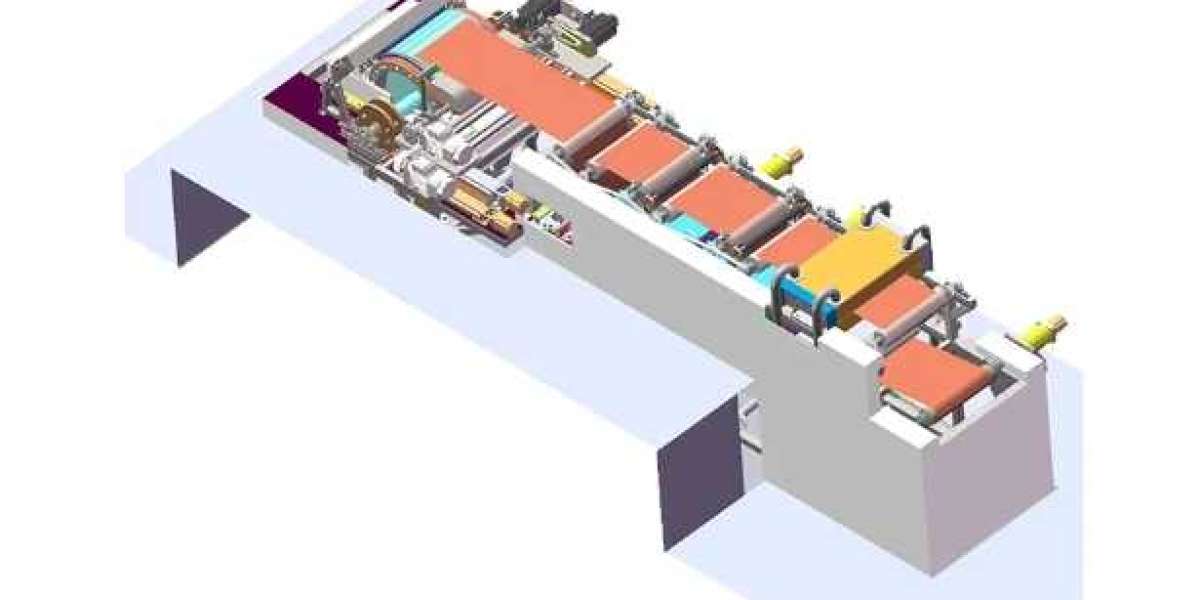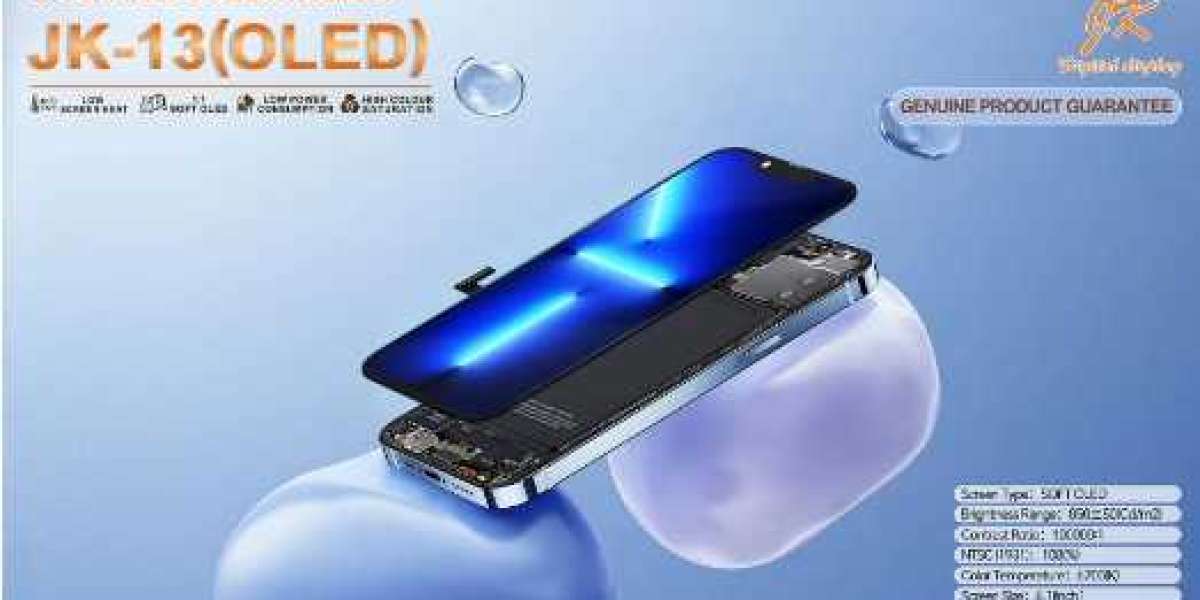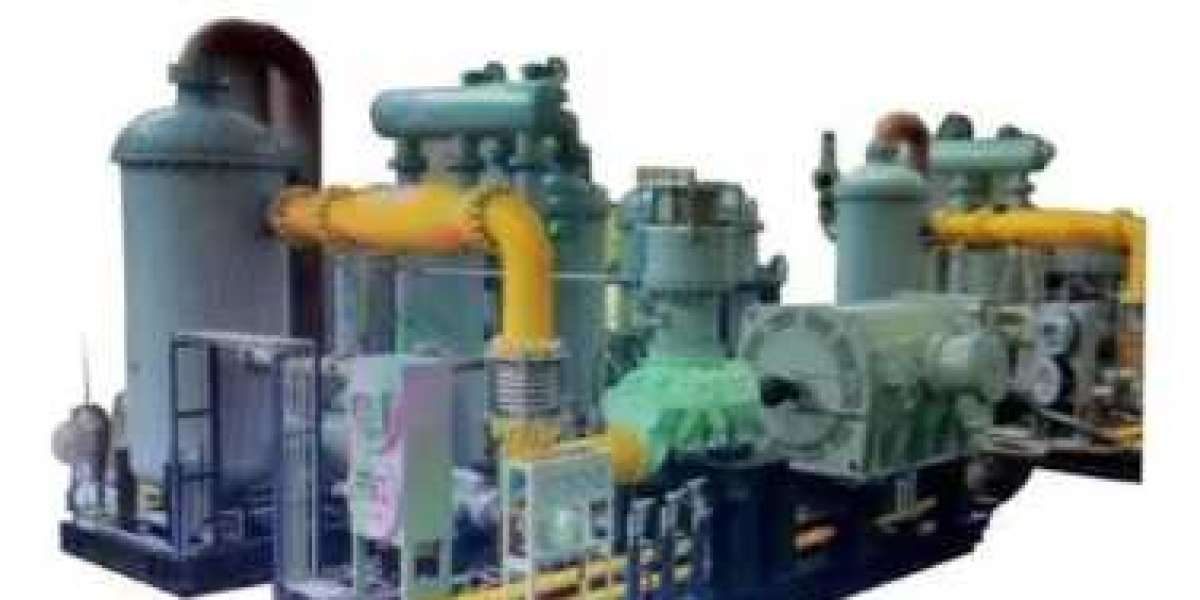In the world of electronics and circuit board manufacturing, the quality of materials used is crucial for ensuring optimal performance and reliability. One such material is electrolytic copper foil, which is widely used in the production of PCBs (Printed Circuit Boards). To ensure the quality and integrity of the copper foil, manufacturers employ an essential tool called the Electrolytic Copper Foil Test Line. In this article, we will explore the uses and significance of the Electrolytic Copper Foil Test Line, and how it plays a vital role in the production process.
I. Understanding Electrolytic Copper Foil
Before delving into the specifics of the test line, it is important to understand the nature and importance of electrolytic copper foil. Electrolytic copper foil is a thin, highly conductive copper material that is produced through an electrochemical process. It is widely used as a conductive layer in PCBs, providing the necessary electrical connections between components. The quality of the copper foil directly impacts the performance and reliability of the circuit board, making it essential to ensure its integrity during the manufacturing process.

II. Applications of Electrolytic Copper Foil Test Lines
1. PCB Manufacturing:
In the PCB manufacturing process, electrolytic copper foil test lines are used to ensure the quality and consistency of the copper foils used. The test lines help manufacturers determine the electrical conductivity and uniformity of the copper foil, which directly impacts the performance and reliability of the final PCB.
2. Semiconductor Industry:
Electrolytic copper foil test lines are also extensively used in the semiconductor industry. Copper foils are employed in the production of integrated circuits (ICs) and other semiconductor devices. The test lines help assess the copper foil's thickness, surface roughness, and adhesion properties, ensuring the precise fabrication of high-quality semiconductor components.
III. Importance of Electrolytic Copper Foil Test Lines
1. Quality Control:
Electrolytic copper foil test lines are an integral part of quality control measures in the manufacturing process. By evaluating the properties of copper foils, manufacturers can identify any defects or inconsistencies early on, preventing potential issues in the final product. This ensures that only high-quality copper foils are used, leading to reliable and durable electronic components.
2. Performance Optimization:
The test lines allow manufacturers to optimize the performance of copper foils by analyzing their electrical conductivity and other properties. This information helps in selecting the most suitable copper foil for specific applications, ensuring optimal performance and functionality of electronic devices.

IV. Timonic: A Leading Provider of Electrolytic Copper Foil Test Lines
Timonic is a renowned company specializing in the production and supply of electrolytic copper foil test lines. With years of experience and expertise, Timonic offers high-quality test lines that meet industry standards and requirements. Our advanced technology and commitment to innovation make them a trusted partner for manufacturers in the electronics and semiconductor industries.
V. Conclusion
Electrolytic copper foil test lines are indispensable tools in the manufacturing process of electronic components and devices. Their ability to assess the properties of copper foils ensures the production of high-quality and reliable products. Timonic, with its expertise in providing electrolytic copper foil test lines, plays a crucial role in supporting manufacturers in achieving excellence in their production processes.








